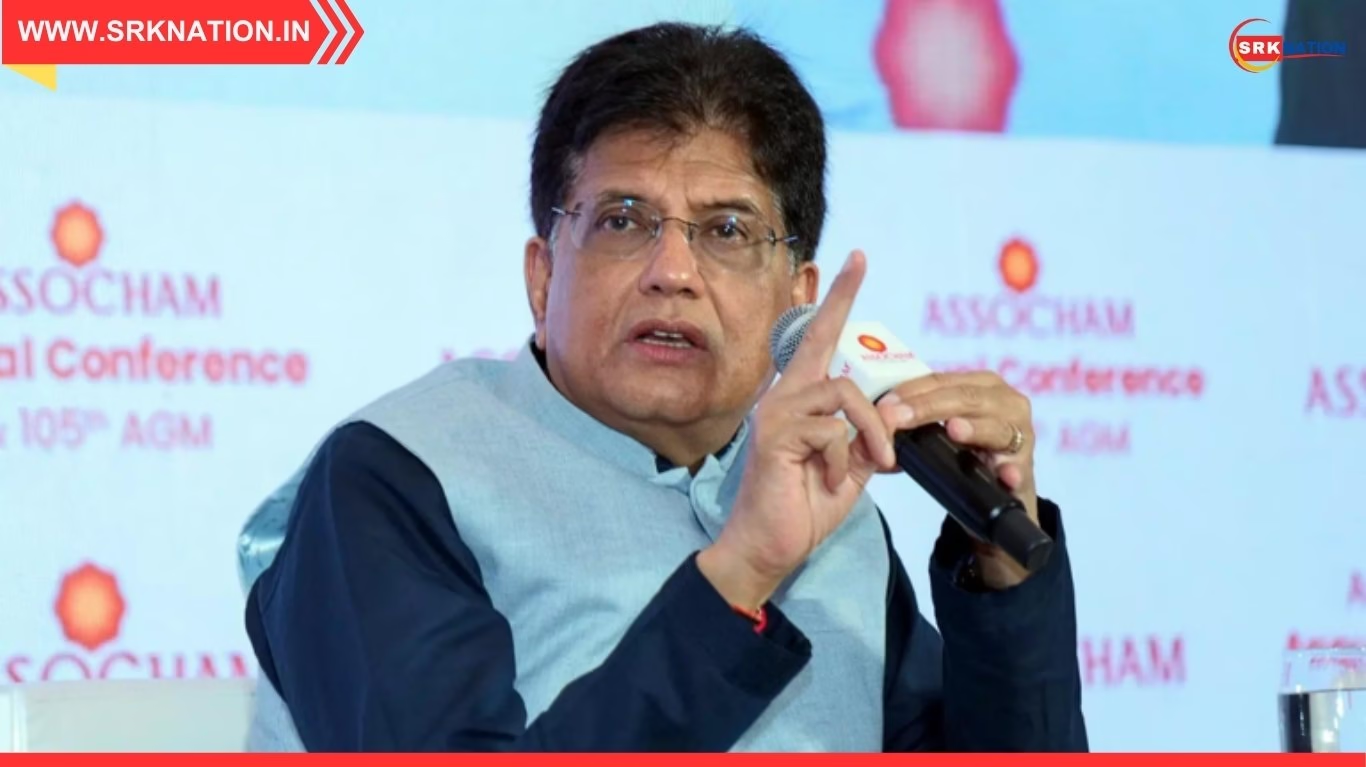India is accelerating its semiconductor mission with a strategic focus on mature-node fab manufacturing, aiming to strengthen its position in the global value chain while catering to the rapidly growing demand in the automotive, telecom, and industrial electronics sectors. As the world grapples with supply chain disruptions and rising demand for chips, New Delhi sees an opportunity to establish itself as a reliable and cost-effective destination for manufacturing.
Unlike the cutting-edge 3nm or 5nm chips used in smartphones and high-performance computing, mature nodes such as 28nm, 45nm, and above are crucial for industries like automobiles, power electronics, telecom networks, and industrial equipment. These sectors form the backbone of India’s economic growth, making the focus on mature nodes both a practical and strategic step.
Why India is Targeting Mature-Node Fab Manufacturing
Globally, semiconductor manufacturing is dominated by a few countries, with Taiwan, South Korea, and the U.S. leading in advanced nodes. However, 70–75% of the worldwide demand still comes from mature nodes, especially in industries where reliability, volume, and cost matter more than cutting-edge performance.
Key reasons why India is prioritizing this segment include:
- High Domestic Demand – India’s automotive market, valued at over $120 billion, is rapidly adopting electronics, sensors, and EV technologies that rely on mature chips.
- Telecom Expansion – With 5G rollout and future 6G research, India requires massive volumes of chips for network equipment, routers, and IoT devices.
- Industrial Electronics Growth – From smart meters to energy grids, mature nodes dominate this space.
- Lower Capital Intensity – Setting up advanced-node fabs (like 5nm) costs $15–20 billion, whereas mature-node fabs are more cost-effective, reducing entry barriers.
- Strategic Autonomy – Reducing reliance on imports from East Asia ensures supply chain resilience and geopolitical leverage.
Government Push Under India Semiconductor Mission (ISM)
The Government of India has committed $10 billion in incentives to support semiconductor design and manufacturing. Mature-node fabs fit perfectly into this framework as they require less technical complexity but have vast market demand.
Under the Production-Linked Incentive (PLI) scheme and Modified Scheme for Semiconductors and Display Fab Ecosystem, several global players are in talks with India. By prioritizing 28nm and above, India positions itself as a hub for automotive and telecom chips, aligning industrial policy with market demand.
Industry Applications of Mature-Node Chips
| Sector | Applications of Mature-Node Chips | Estimated Market Demand (India by 2030) |
|---|---|---|
| Automotive | Power management ICs, sensors, microcontrollers, infotainment systems, EV batteries | $25 billion |
| Telecom | Base stations, 5G infrastructure, routers, IoT devices | $20 billion |
| Industrial Electronics | Smart meters, control systems, robotics, power grids | $15 billion |
| Consumer Electronics | TVs, appliances, wearables, smart devices | $18 billion |
This table demonstrates how mature-node fabs will directly feed into high-growth markets, ensuring long-term viability.
Global Context: Shortage of Mature-Node Chips
During the pandemic, global automakers faced production shutdowns due to shortages of 40nm and 65nm chips, leading to billions in losses. This exposed the overdependence on a few suppliers in East Asia.
India aims to fill this gap by becoming a diversified source for mature-node chips, positioning itself alongside countries like Vietnam, Malaysia, and Singapore that are also focusing on legacy nodes.
India’s Edge in the Semiconductor Value Chain
India already has a strong base in semiconductor design, with over 20% of global engineers working in chip design located in India. Nearly all top global semiconductor companies have R&D centers in Bengaluru, Hyderabad, and Noida.
By combining design strength with domestic manufacturing, India can reduce costs, improve supply chain efficiency, and increase its global bargaining power.
Some strategic advantages include:
- Skilled Workforce – India produces over 1.5 million engineering graduates annually.
- Policy Backing – Aggressive incentives and tax benefits for semiconductor investors.
- Growing Demand Base – India’s electronics consumption is projected to cross $400 billion by 2030.
Challenges in Mature-Node Fab Manufacturing
While the strategy is promising, India faces key hurdles:
- High Initial Capital – Even mature-node fabs require $5–7 billion investment.
- Infrastructure Gaps – Reliable water, power, and logistics are essential for fabs.
- Technology Transfer – India needs partnerships with global leaders for know-how.
- Global Competition – Southeast Asia and the U.S. are also offering incentives.
Despite these challenges, India’s government and private sector are working to overcome bottlenecks by setting up semiconductor clusters in Gujarat, Karnataka, and Tamil Nadu.
Comparative View of Mature vs Advanced Node Strategy
| Node Type | Example Applications | Cost of Fab Setup | India’s Focus |
|---|---|---|---|
| Advanced Nodes (3nm, 5nm, 7nm) | Smartphones, AI chips, GPUs | $15–20 billion | Not a priority for now |
| Mature Nodes (28nm, 45nm, 65nm, above) | Automobiles, telecom, industrial electronics, consumer devices | $5–7 billion | Strong focus |
This shows why India is taking a phased approach, focusing first on mature nodes before venturing into advanced nodes.
Global Players Watching India
Several global giants, including TSMC, Intel, GlobalFoundries, and Tower Semiconductor, have been approached for collaboration. Partnerships with Indian conglomerates like Vedanta, Tata Group, and Reliance are already under discussion.
India could also emerge as a strong player in outsourced semiconductor assembly and testing (OSAT), complementing mature-node manufacturing.
Long-Term Outlook
By 2030, India aims to capture at least 10% of the global mature-node market, creating a semiconductor ecosystem that supports automobiles, telecom, renewable energy, and defense electronics.
The move not only strengthens India’s industrial base but also aligns with the vision of Atmanirbhar Bharat (self-reliant India). Mature-node fabs could generate over 1 million direct and indirect jobs, boost exports, and reduce the trade deficit in electronics.
Conclusion
India’s strategic decision to prioritize mature-node fab manufacturing reflects a pragmatic and market-driven approach. Instead of competing head-to-head with Taiwan or South Korea in advanced nodes, India is carving a niche where demand is vast and sustainable.
By catering to automotive, telecom, and industrial electronics, India is aligning industrial growth with semiconductor self-sufficiency. While challenges remain, the convergence of policy incentives, industry partnerships, and domestic demand places India on a strong footing to emerge as a global hub for mature-node chips in the coming decade.
Disclaimer: This news article is for informational purposes only. It is based on industry trends, government announcements, and market projections. It does not endorse any company, investment, or political stance.











